For as long as I can remember, I have loved receiving packages through the mail. The mystery and surprise of unwrapping a stamp-covered parcel is truly one of life’s simple pleasures. Imagine my joy then to recently discover on my doorstep a small paper-wrapped box addressed to me from an old friend and former journalism colleague. Inside the package, I was delighted to find a lost relic of film photography’s penultimate chapter: an IX240-format camera and expired (but unused) Advanced Photo System (APS) film. The letter included with the gift explained that my friend had long since transitioned away from using film, and thought I might get a kick out of experimenting with her old Nikon Pronea 6i SLR since I still use NIKKOR F-mount lenses.
As a Nikon shooter for more than two decades, I consider myself to be well acquainted with the company’s camera and lens offerings, but I honestly had to look up information on the Pronea. What I discovered was a bittersweet tale of naked greed meeting technological progress. The Pronea was a short-lived marvel of engineering designed by Nikon to capitalize on Eastman Kodak’s introduction of APS as an ostensible replacement for 35mm film. The ill-fated history of IX240/APS-format film is beyond the scope of this essay, but suffice it to say the smaller, costlier, film format was not embraced by professionals, and was almost immediately supplanted in the consumer market by the emergence of inexpensive digital cameras.
Despite the inauspicious timing of its release (1996), the Pronea 6i was actually a pretty advanced SLR, and ultimately served as a bridge between the film and digital eras of photography. I won’t go into all of the camera’s specifications, as it has been extensively discussed elsewhere online. I will, however, note that that the Pronea’s feature set was similar to Nikon’s 35mm F70/N70. A mere two years after its introduction, the body was repurposed by Kodak into two of the earliest “professional” digital cameras: the brick-like DCS 315 and DCS 330. Nikon made six dedicated IX-NIKKOR zoom lenses that only worked with the two Pronea variants. These lenses were widely panned for their mediocre build and lackluster performance. Fortunately, the camera also accepts most legacy F-mount lenses, and is (surprisingly) still compatible with a number of Nikon’s newer FX and DX lenses released in the digital era.
The Pronea that I received was in very good condition, and included a half-exposed roll of Kodak Advantix 400 film inside. I also received several additional rolls of Kodak Advantix 200 High Definition, FujiFilm Nexia 400, and Nexia 800. My friend was a bit fuzzy on how the camera and film had been stored, but thought she had at least kept the unused film inside her office at room temperature. All of the film expired between 2006 and 2007, so I knew I’d need to shoot a few test rolls to get an idea of how feasible it might be to use for some of my upcoming creative projects.
I typically follow the adage that it’s best to overexpose print film by one stop for every decade it’s past its expiration date. APS film is, however, a different beast. Unlike 35mm film, which is built atop an acetate or polyester (post-1990) base, IX240 uses a polyethylene naphthalate base. This stronger material allows APS film to be repeatedly unwound from and rewound into its lightproof cassette during shooting and development. I have read that this tougher emulsion also degrades slower than 35mm film, and thus requires less compensation when exposed after its expiration date.

With this in mind, I met up with one of my friends who lives near Baltimore, Maryland, and we headed out for a photo walk through the city’s Inner Harbor and Fells Point neighborhoods. I intentionally overexposed each roll by 1.5 stops using the Pronea’s customizable ISO setting to override the box speed electromagnetically coded on each film cassette. I also shot several of the test photos with my Nikon SB-600 Speedlight, which supports TTL metering when mounted to the Pronea. With the exception of the Advantix 400 that was inside the camera when I received it (we’ll get to that), all of my shots ended up slightly overexposed, but usable. Although I was able to recover most of the highlights in post-production, I will definitely shoot all the remaining rolls at +0.5.
The photos on the included first roll of Advantix 400 all suffered from major color shifts and loss of contrast due to what I assume was heat degradation of the color layers. These results suggested that the camera body was probably left somewhere hot, like a car interior, for an extended period of time. Fortunately, that initial roll only had 10 frames left, so I didn’t waste my whole day shooting accidental cyanotypes. The other two rolls showed minor color shifts and washed out highlights, but part of that is due to my intentional overexposure.
In general, the Nexia 400 shots turned out better than those on Advantix 200HD, delivering better saturation and contrast. Interestingly, the Nexia 400 demonstrated halation around point light sources similar to what I usually find in CineStill film stocks like 800T. I didn’t get a chance to test the Nexia 800, but will include it on my next APS-film photo walk along with a roll of obscure FNAC 400 film that I recently picked up in bulk.
I actually enjoyed how simple it was to load and shoot the APS film, and appreciate the technology advancements that were integrated into its design. I only wish Kodak had chosen to improve 35mm instead of pursuing a cynical cash grab with an entirely new format. Shooting with the Pronea was also simple and intuitive. Unfortunately, I discovered that its impressive lens compatibility only goes so far when I mounted my 70-200mm f/2.8E FL and couldn’t get a single shot in focus. In the included example shots, I used a combination of Nikon AF-S “gold band” prime lenses: the 24mm f/1.4G, 50mm f/1.4G, and 85mm f/1.4G.
All photos were processed and scanned by The Darkroom lab, which returned the developed film inside their respective APS cartridges along with index prints. I made basic color and contrast corrections in Adobe Lightroom, but left all shots in their original HD (30.2mm × 16.7mm) crop formats. I am testing out several other labs for APS processing, and plan to open the film cassettes and scan the negatives at home moving forward using a method I recently discovered online. Feel free to browse through all the test shots from my recent APS photo walk on Lomography.
Isaac D. Pacheco is a Washington D.C.-based journalist who travels the world and tells the stories of people and cultures he encounters along the way. He invites you to connect and enjoy more of his work on his website or on Instagram.
Share this post:
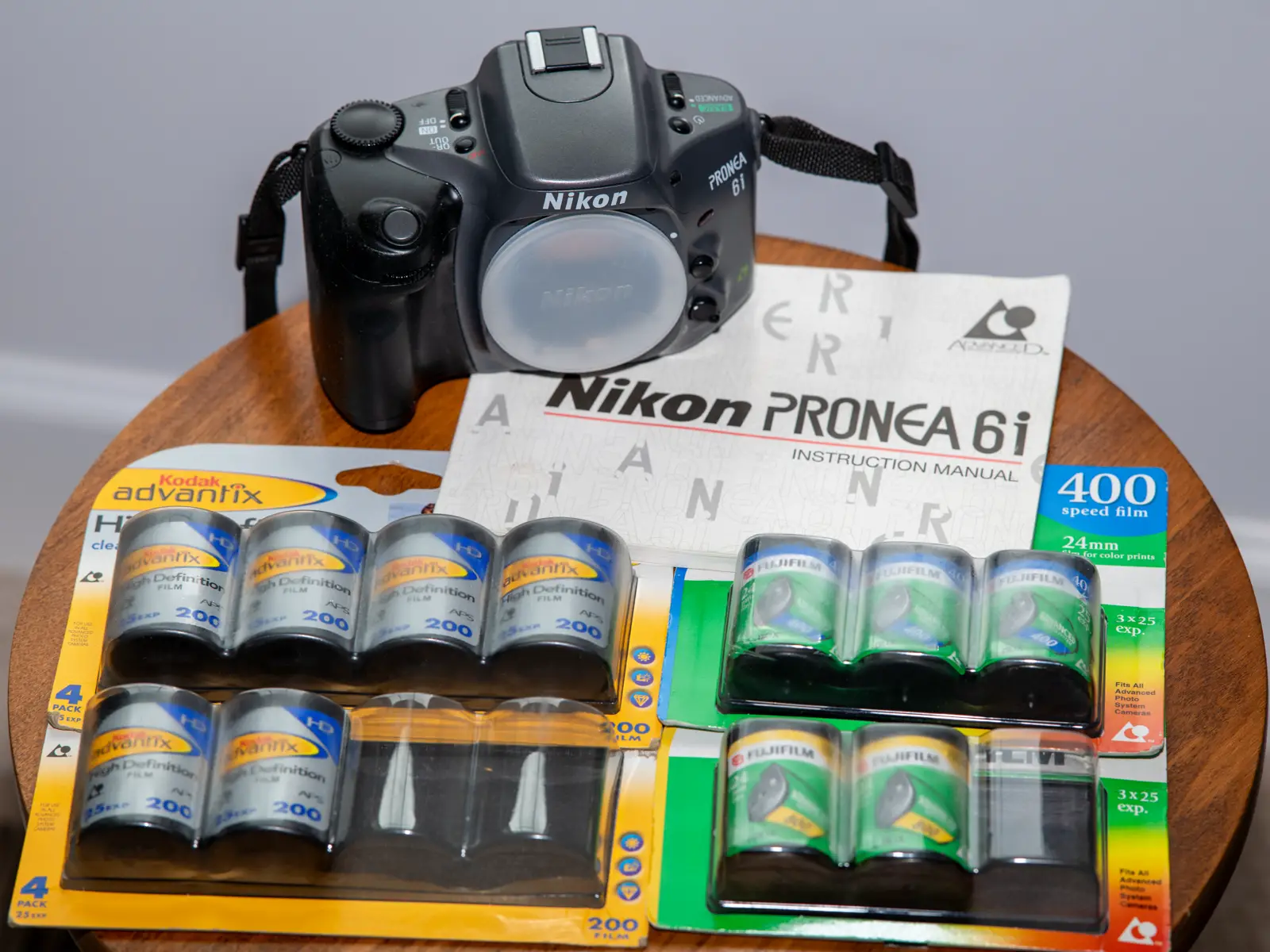
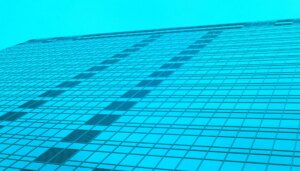

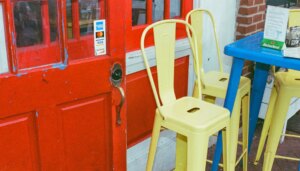
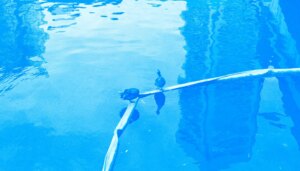

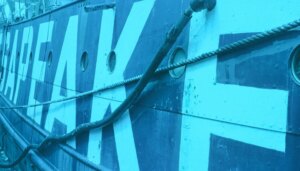






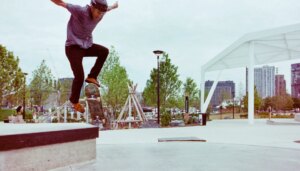








Comments
Dana Brigham on Nikon Pronea 6i – Retired & Expired: Experimenting with APS film – By Isaac D. Pacheco
Comment posted: 07/10/2022
Markus Hainz on Nikon Pronea 6i – Retired & Expired: Experimenting with APS film – By Isaac D. Pacheco
Comment posted: 08/10/2022
Cheers.